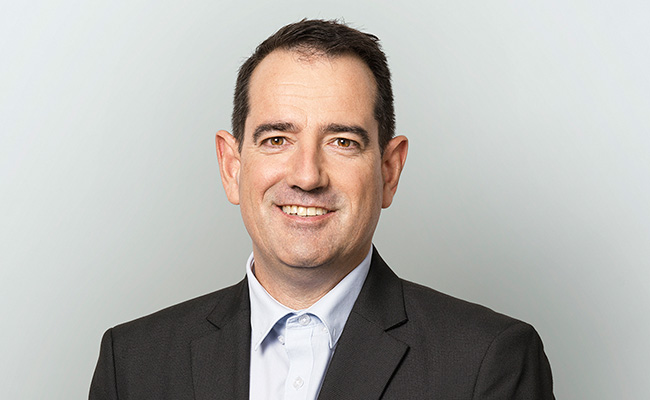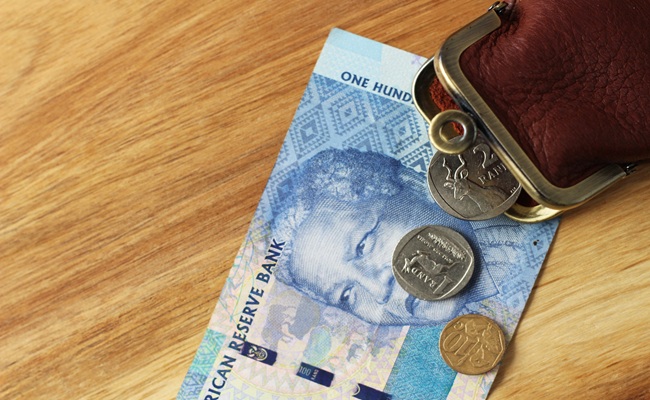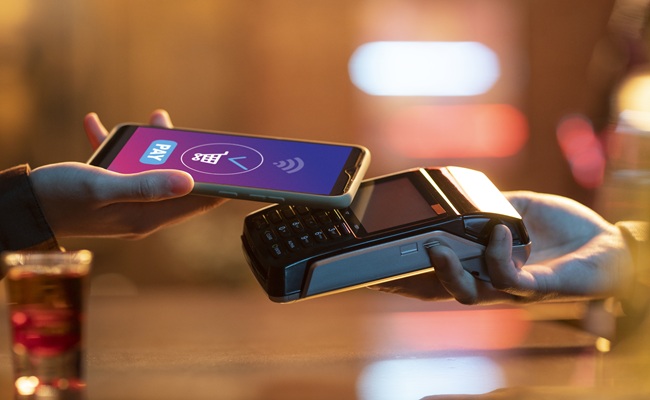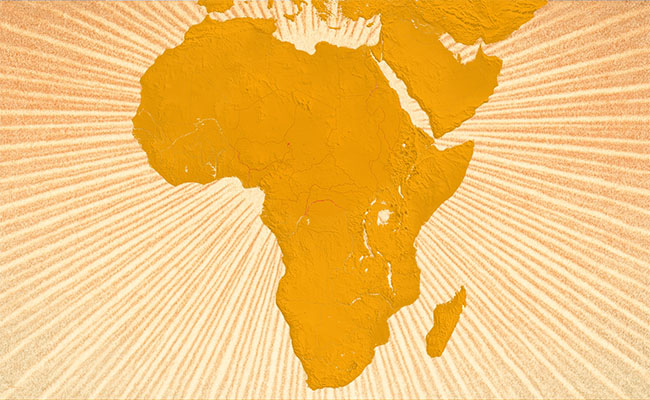Standard Bank data shows that a significant portion of its customers, even among those earning a stable income, don’t have an immediate accessible cash savings that can serve as emergency savings. More than 45% of clients have no accessible emergency savings. Among Private Banking clients who earn between R25,000 and R58,000 a month, more than a third have no emergency savings at all.
This is quite concerning, especially in an uncertain economic environment where even a small buffer can make a big difference. “We know that growing one’s income isn’t always easy because there are external factors we can’t control,” says head of money management and advisory, Doret Jooste.
She adds that Standard Bank is always looking to help consumers with practical tips, and this time it has looked at takeaway spending as one of the potential aspects customers can consider to make room for savings.
South Africa’s takeaway spending
In a digitally enabled world, food delivery is at everyone’s fingertips – ordering is as easy as tapping a phone. With booming apps and countless franchises, spending is effortless and harder to track.
For many urban households juggling nine-to-five jobs and traffic, takeaways offer a convenient fix – even for the health conscious. Data indicates that in some cases the spend on takeout each month can be enough to build an emergency fund.
The silent leaks
Standard Bank data shows customers spend an average of R775 a month on takeout and food delivery, excluding groceries and supermarket meals. The analysis is based on transactions at 14 major fast-food franchises. Since many sampled customers are multi-banked, actual spend may be higher.
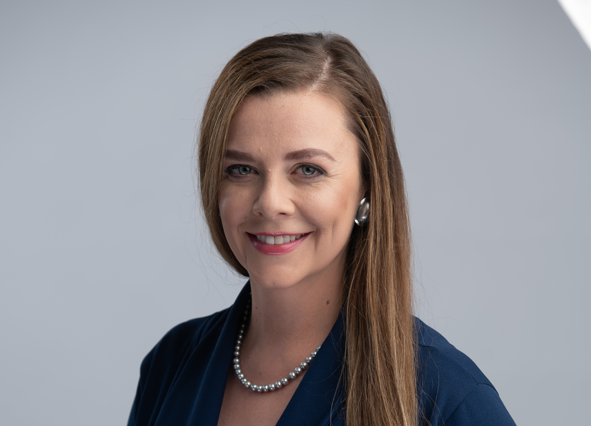
Customers in their late 20s to mid-30s lead this spending, and the higher the income, the more they spend. Those earning about R60,000 spend more than R1,000 monthly, peaking at R1,300 during holidays. “These are often family meals, and this group likely views it as a time-saving trade-off,” says Jooste.
Lower- to middle-income earners feel the pinch more. Those earning under R20,000 spend about R472, and those earning R25,000 spend R615 a month. The average spend rises to R748 for those earning under R60,000. For them, this accounts for about 2.5% of disposable income. These groups tend to hold more debt, and frequent low-value purchases can contribute to mid-month cashflow strain. “It feels harmless at the time, but the frequency can add up,” Jooste warns.
Spending with awareness
Convenience spending is often unplanned and sometimes unconscious. Without a clear budget or reduced grocery spend, it quietly chips away at disposable income. Jooste encourages households to review monthly spending, identify impulse triggers and set a cap. Standard Bank customers can use the Money Movements tool on the mobile app to do this.
“Capping this spend, whether as a set amount or a percentage of income, can free up money for savings,” says Jooste. For example, cutting takeout spend from R615 to R400 could free up R2,500 a year. Invested tax-free at 10% annually, this could grow to over R41,000 in 10 years.*
Subscription costs are another area to review. On average, low- and middle-income customers spend R336 and R482 monthly on subscriptions respectively, while Private Banking clients spend R1,255.
Halving both takeout and subscription spend could free up over R400 for low-income earners, R615 for emerging high-income earners, and more than R1,100 for Private Banking clients – enough to start saving or reduce debt.
The goal isn’t to cut these costs entirely, but to be intentional. Small shifts, like swapping one Friday takeout for a homemade burger night, or packing lunch for work or school, can ease cashflow and build stronger financial habits.
* Calculations and interest rates in this article are for illustrative purposes and do not constitute financial advice. Speak with a FAIS accredited banker or planner for guidance based on your needs.
Sign up to Currency’s weekly newsletters to receive your own bulletin of weekday news and weekend treats. Register here.




